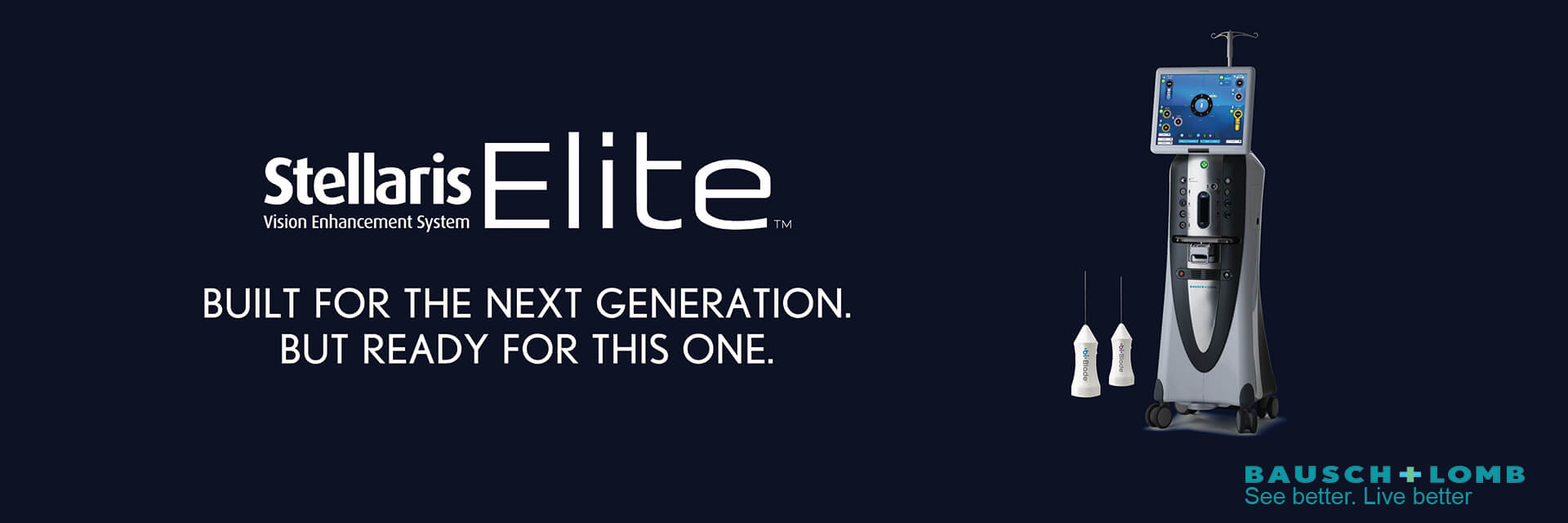
Lenses
Choices Of IOLS

Choices of IOLs at Keshubhai Mehta Eye Hospital
Our clinic offers a wide range of intraocular lenses ( IOLs) that can be implanted after cataract surgery. All the IOLs used are either US FDA approved or Europe CE marked. Choices of IOLs that are available at Keshubhai Mehta Eye Hospital include.
- MONOFOCAL LENS
- EDOF LENS
- TORIC LENS
- TRIFOCAL LENS
Monofocal Intraocular Lenses
- An IOL focuses light that comes into the eye through the cornea and pupil onto the retina, the sensitive tissue at the back of the eye that relays images through the optic nerve to the brain. Most IOLs are made of a flexible, foldable material and are about one-third of the size of a dime. Like the lenses of prescription eyeglasses, IOL will contain the appropriate prescription to give the best vision possible.
- A monofocal IOL is an intraocular lens with a fixed focus for one distance. A cataract doctor may select mono-focal IOLs that are for near focus, mid-distance focus, or distant focus. Only one of these three can be selected and the focus will not change after surgery.
- Monofocal lenses can only restore vision for one distance, that is for distance, or for near. The power of the monofocal lenses is usually calculated so that the patient does not need glasses for distance vision. After having mono-focal lens implantation, a person will need reading glasses or even bifocals which are glasses for both distance and near, depending on preexisting refractive error (especially astigmatism).




Edof Intraocular Lens

Introduction
- Extended Depth of Focus (EDOF or EDF), or Extended Range of Vision, is a new technology that has recently emerged in the treatment of Presbyopia correcting IOLs. In contrast to multifocal intraocular lenses (IOLs) used in the treatment of presbyopia, EDOF lenses work by creating a single elongated focal point to enhance “range of vision” or “depth of focus”.
- EDoF Intraocular lenses also provide a high extent of spectacle independence while inducing fewer visual side effects at night, compared to multifocal versions.
- Added capabilities in advanced IOLs, such as aspheric or toric functions, offer additional advantages for the patients: Toric IOLs allow the correction of pre-existing astigmatism, while aspheric IOLs can improve contrast sensitivity and general image quality.
- Advanced IOLs allow patients to become less dependent on glasses, and are a good option for patients with active lifestyles and those wanting more freedom from glasses.
EDOF Introcular Lens
Characteristics of EDoF Lenses Clear vision at intermediate and far distances
- EDoF (Extended Depth of Focus) intraocular lenses use an advanced optical technology that allows increasing the range of focus compared to standard monofocal types.
- In this way, EDoF solutions enable clear eyesight ranging from far up to intermediate distances, like a computer monitor. For close-up activities such as reading fine print and precision work, patients treated with EDoF lenses may need to wear reading glasses. However, they will experience fewer visual disturbances at night, which are sometimes caused by bright light sources with multifocal IOLs.
EDoF IOLs in Everyday Life
Extended Depth of Focus (EDoF) lenses provide sharp vision over a wide range, allowing you to see objects clearly at different distances from far to intermediate: approximately at arm’s length. EDoF IOLs enable you to perform a broad spectrum of activities without glasses, including:
- Sports
- Socializing
- Working on the computer
- Driving a car
- Watching TV
- Cleaning
- Cooking
- Shopping
- Other typical home and garden tasks
- Daily tasks become easier and more enjoyable. Most activities can be fulfilled without needing to wear prescription glasses, however, reading glasses may be necessary for small print.
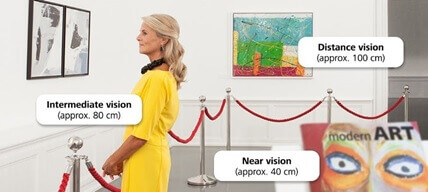
In this way, EDoF solutions enable clear eyesight ranging from far up to intermediate distances, like a computer monitor. For close-up activities such as reading fine print and precision work, patients treated with EDoF lenses may need to wear reading glasses. However, they will experience less visual disturbances at night, which are sometimes caused by bright light sources with multifocal IOLs.
Advantages of EDoF IOLs
- EDoF lenses combine the advantages of both monofocal and multifocal IOLs, providing the perfect balance between increased freedom from glasses and reduced visual side effects typically associated with the multifocal types. Some patients are more, others less sensitive to these light phenomena, which may be experienced as halos or glare around light sources, especially at night.
- Patients with EDoF lenses generally enjoy good night vision, which is particularly important for driving after sunset, for example. The undisturbed and reliable visual performance that EDoF lenses provide gives patients a feeling of added comfort and safety.
- EDoF IOLs are an ideal fit for individuals wishing to maintain an active lifestyle.
What you should know
- EDoF lenses offer a high degree of spectacle independence. However, the achieved vision quality is very individual and may differ from patient to patient.
- It also offers a good fit for individuals interested in an IOL that combines greater freedom from glasses with high vision comfort day and night. Consult us to see if an EDoF IOL might also be right for you.
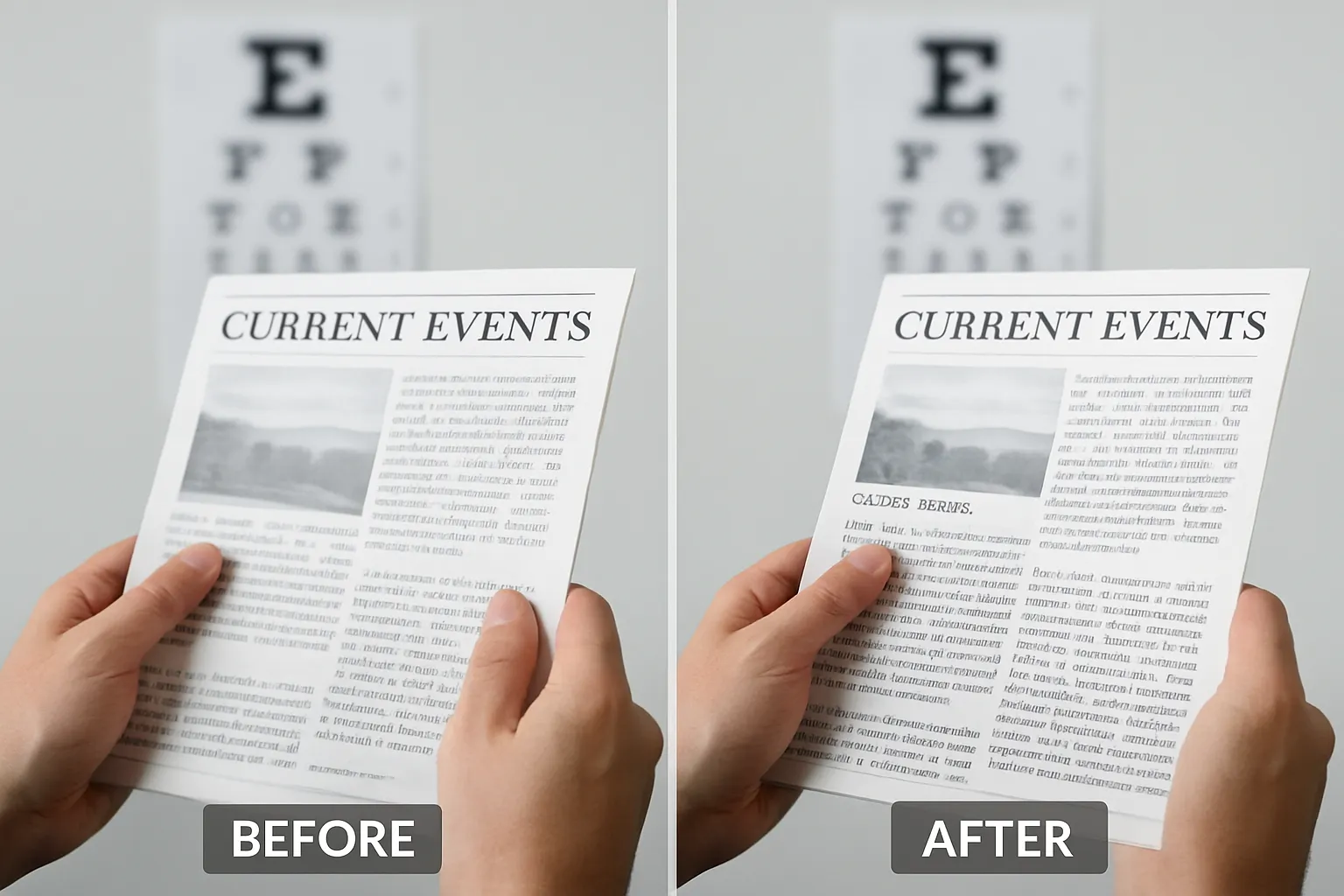

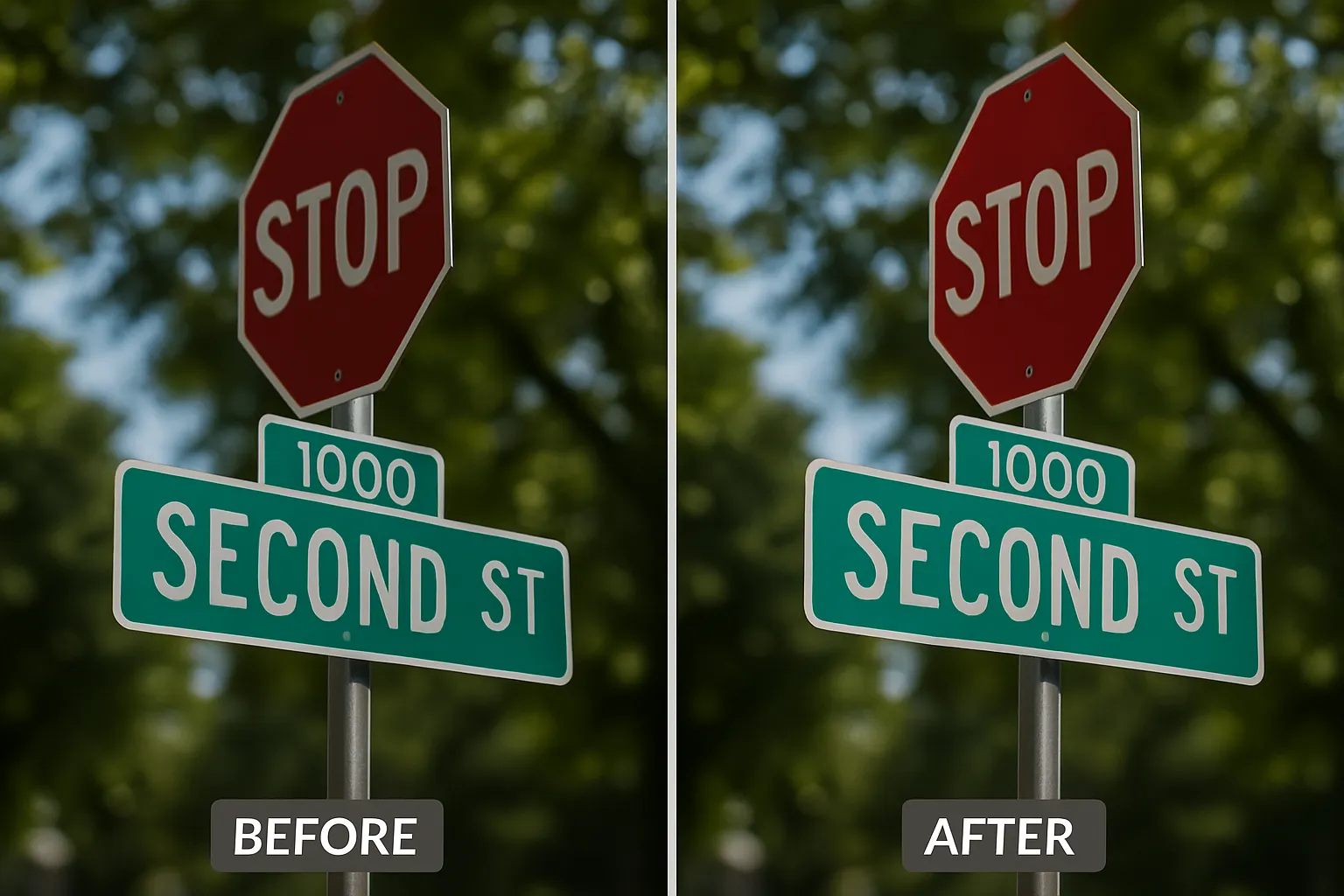
Toric Intraocular Lens
- The Toric lens implant is a specially designed intraocular lens implant that is used to reduce or eliminate astigmatism during cataract surgery. Astigmatism refers to corneal curvature that is elongated or flatter in one axis, and shortened or steeper in the opposite axis.
- This causes distortion and blurring of images. With presice measurements and marking of the eye prior to cataract surgery, this lens can be implanted and carefully positioned inside the eye to correct pre-existing astigmatism and improve visual outcomes.
- Many patients who choose this technology for their cataract surgery find they don’t need to wear distance glasses after surgery. This lens also incorporates advanced “blue-blocker” technology for improved retina protection, and “wavefront-guided, aspheric” technology that improves contrast sensitivity and overall visual quality.
- Toric IOLs refer to astigmatism correcting intraocular lenses used at the time of cataract surgery to decrease post-operative astigmatism.

Is This Lens For You
- If you have visually significant cataracts and astigmatism yes. A good candidate will be interested in spectacle independence even if only for one focal point (usually distance). It should be clear that lenticular correction will be required for other distances (typically near and intermediate). Realistic expectations make for a successful outcome.
- Toric intraocular lenses (IOLs) are the procedure of choice to correct corneal astigmatism of 1 D or more in cases undergoing cataract surgery.
Toric IOL – Cataract Treatment
- Cataract patients now have the option of reducing or eliminating pre-existing astigmatism with the Toric Intraocular Lens (IOL). This new lens design provides quality distance vision and astigmatism correction all in one step.
- In the past, patients undergoing a cataract procedure only had the option of a single-focus lens to correct distance vision. However, they would still have to wear glasses or contact lenses to correct astigmatism. Sometimes, they would undergo additional procedures to correct astigmatism. With the Toric IOL, this astigmatism correction is provided in one step and is more predictable and precise.
Astigmatism
- Astigmatism simply means that the curvature of the cornea is irregular. Instead of being shaped like a basketball, its shape resembles a football with both steep and flat curves. These different curvatures in an astigmatic eye cause light to focus at multiple points in the eye instead of focusing only at one point on the retina (the light-sensing part of the eye). The result is blurry, distorted vision.
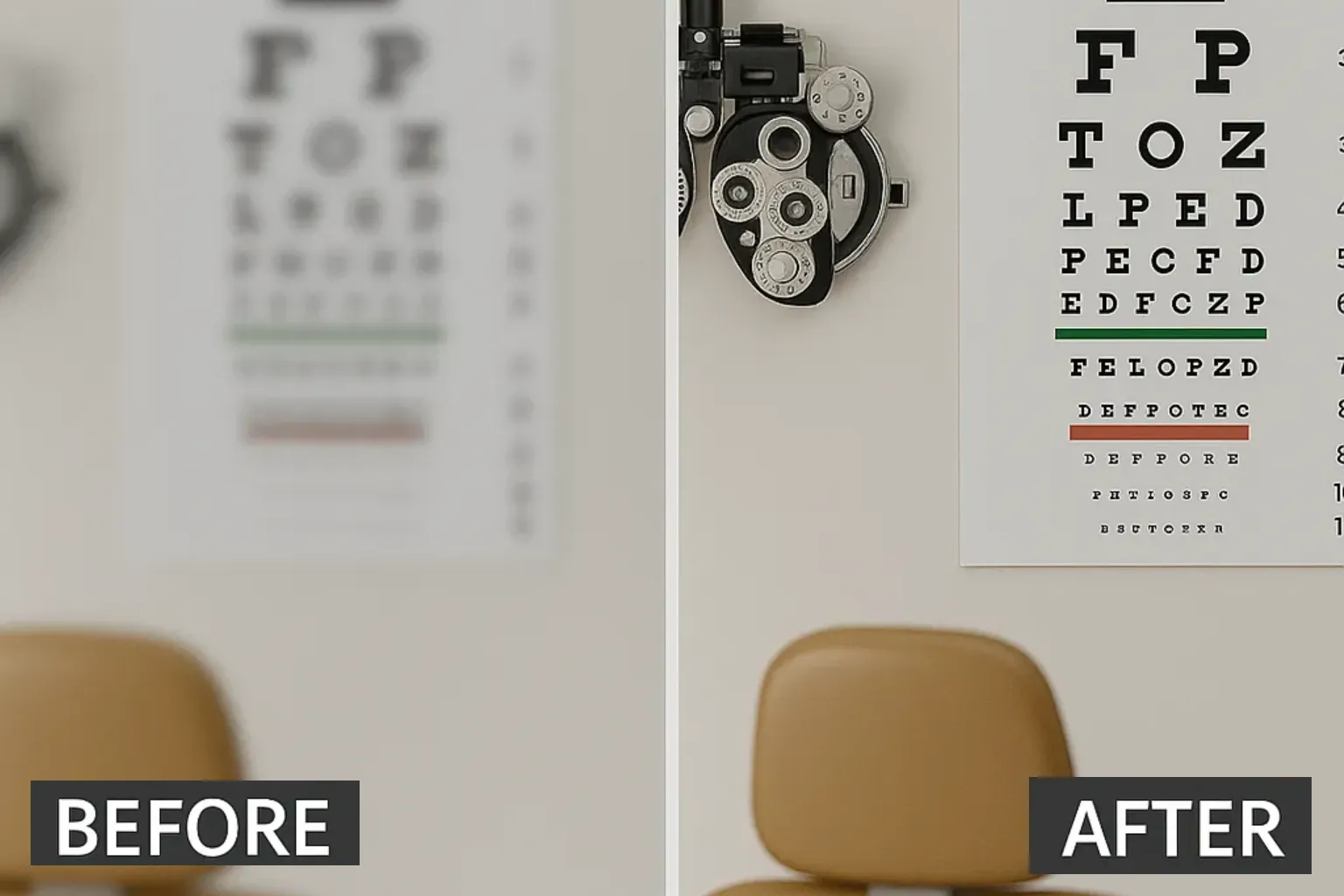


Trifocal Intraocular Lens

- These latest-generation lenses are called trifocals because they offer clear vision at middle distances, which is generally anything at arm’s length. This is in addition to providing near and far vision.
- What’s more, trifocal lenses allow a person to switch effortlessly between all three distances – near (reading) distance, long distance, and in-between distances. Vision is clear at all those points – something the previous multifocal IOLs couldn’t achieve.
Trifocal IOLs provide maximum spectacle independence
Two distinct additional focal points for intermediate and near distances. best visual outcome at all three distances.
Trifocal IOLs provide maximum spectacle independence
Two distinct additional focal points for intermediate and near distances. best visual outcome at all three distances.
When Would Trifocal Lens Be Required
- These tiny lenses are used to replace the natural lens of the eye. In most cases, this is during a cataract procedure. However, more and more people are having this surgery because they want to get rid of their glasses.
- If you’re over the age of 55 and you now find yourself needing glasses to read, wearing multifocal glasses, or switching between different pairs of glasses to see properly, you may be a candidate for a trifocal IOL.

Are all trifocal lenses the same?
- These may be the very latest technical advances, but they represent many years of development. Several major suppliers have been working on their versions of trifocal lenses for quite a while now.
- Many surgeons expect trifocal lenses to be the future of customized vision. The results their patients are experiencing are encouraging, and more and more surgeons are now confident enough to offer trifocal lenses to cataract patients.
What if I don’t have cataracts?
- If you want to reduce your dependency on glasses and aren’t suitable for laser eye surgery (most likely because you’re now in your 50s, 60s, or even older), help is possibly at hand. We can remove your natural lens and insert the trifocal lens for improved visual results. On top of that, you’ll have removed any risk of developing a cataract in that eye.



